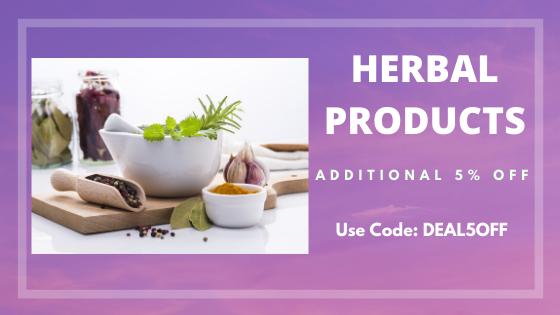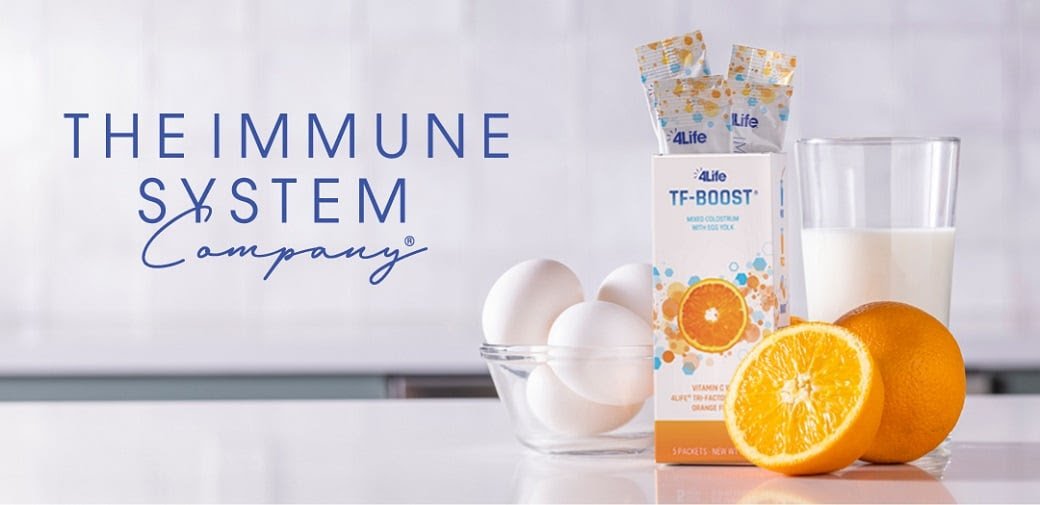[ad_1]
Lentil is one of the simplest items you can find in a pantry, and yeti is present in most people’s list of favorites and there is no shortage of a delicious recipe you can make with it.
These legumes may be found in everything from stews and soups to salads and side dishes. While we enjoy cooking with beans, don’t overlook their equally delectable, high-protein vegetarian cousins, who are just as approachable, affordable, and can be used in almost everything.
But, are lentils healthy? What are its nutritional values? Can you make anything else from lentils aside from soups? Here are the things you should know.

What is Lentil?
Lentils, like beans, chickpeas, soybeans, and peanuts, are legumes. The word “lentil” is derived from the Latin word “lens,” which makes sense given that the dried bean resembles a little lens.
They’ve been used in cuisine for millennia and are supposed to have originated in the Near East, like many other beans. They are, however, routinely cultivated (and eaten) throughout Europe, Asia, and North Africa. As a result, lentils may be found in some of their most popular cuisines, including Indian Dal, Ethiopian stew, and Egyptian Koshari. And, as a result of their widespread distribution, you can cook with a wide range of lentils.
Green lentils, often known as French lentils, have a nutty flavor and hold up well after cooking. They’re great as a salad topper or as a side dish on their own. Be warned, they take approximately 45 minutes to cook and demand a little more patience than other varieties.
Red lentils and yellow lentils have a sweeter flavor and are widely used in Indian and Middle Eastern recipes. They’re quick to make, but they’re more likely to lose their texture after cooking. To add a unique flavor to your main dish, puree them and use them in pureed soups or sauces.
With a reasonably low cooking time of 25 minutes, black lentils, also known as beluga lentils, have an earthy flavor that complements proteins or meaty vegetables like mushrooms.
Brown lentils, which are commonly used in North America, have a moderate and earthy flavor and the capacity to retain their texture after cooking, so they can be utilized as a vegetable burger base without overwhelming the fresh veggie flavor.
Lentil Benefits and Nutrition Facts
Despite the fact that lentils are a low-cost source of a number of nutrients, they are sometimes overlooked.
Lentils are a wonderful meat substitute because they contain about 25% protein. They’re also high in iron, which is commonly lacking in vegetarian diets.
Although the nutritional content of different types of lentils varies greatly, 198 grams (or approximately one cup) of cooked lentils provides an estimated amount of the nutrients listed below.
|
Calories |
230 kcal |
|
Carbohydrates |
39.9 g |
|
Protein |
17.9 g |
|
Fat |
0.8 g |
|
Fiber |
15.6 g |
|
Thiamine |
22% of RDI* |
|
Niacin |
10% of RDI |
|
Vitamin B6 |
18% of RDI |
|
Iron |
37% of RDI |
|
Potassium |
21% of RDI |
*Reference Daily Intake
Lentil Recipes Ideas (Other Than Soup!)
Looking to cook lentil but want something that is not soup? Here are some great ideas!
Classic Lentil Salad
A classic staple in for dinner gatherings, potlucks, or just a quality me-time, you can never go wrong with a lentil salad. Find the recipe here!
Marinated Lentils with Lemony Broccolini and Feta
This healthful, hearty dish can be served as a warm vegetarian main course or as a cold lunch that has been marinated overnight in the fridge—the spiced oil tastes even better the second day. Here is the recipe.
Lentil Burgers
Another burger recipe? Once you discover how easy yet hearty this recipe is, you’ll find yourself changing minds faster than ever. You can even create the patties four days ahead of time to save time on the day of. Put that together with this recipe.
Lentil Kielbassoulet
All the flavor of a hearty, rich bean-based cassoulet without the time commitment of assembling and cooking it. Because lentils don’t need to be presoaked, they can be used in place of beans, resulting in a one-pot meal. Look for black beluga or French green lentils, which have a superb flavor and keep their shape. Check it out here!
Indian-Spiced Shepherd’s Pie
A vegetarian Shepherd’s Pie with black lentils, vegetables, sauce, and curried mashed potatoes, imbued with the most fragrant Indian spices. (If you have leftover mashed potatoes, go ahead and use them!) One of the most delectable vegetarian supper recipes you’ll ever come across! Here’s where you can learn more about it and how to prepare.
Berbere Chicken and Ethiopean Lentils
Berbere Chicken (or Tofu!) with Ethiopian Lentils is a tasty and nutritious Ethiopian dish featuring Berbere Spice. This tasty dinner may be made vegan-friendly!
Should You Soak Your Lentils?
Many legumes, such as red kidney beans, must be steeped for several hours, if not overnight. Lectins are neutralized by soaking, which is beneficial for legumes with a high haemagglutinin units (HAU) content.
Lentils don’t need to be soaked for hours because their PHA content is low enough. You can soak your lentils if you want to help with digestion and cut down on cooking time. To keep them from becoming too soft, soak them in lemon juice or vinegar. If you’re in a hurry, though, presoaking isn’t necessary.
Can You Eat Lentils Raw?
Raw lentils, like other legumes, contain lectin, a type of protein that adheres to your digestive tract and causes a variety of unpleasant reactions, including vomiting and diarrhea. Yikes.
Thankfully, lectins are heat sensitive, and when cooked, they break down into more digestible components. To fully break down the lectins in some legumes, such as red kidney beans, they must be heated to a boil (here’s a nice all-purpose dried bean preparation). Most dried beans, unfortunately, must also be simmered for an hour or more.
However, lentils cook significantly more quickly! They are smaller in part because of this, but they also contain far less lectin than other beans. Hemagglutinating units, or HAU, are used to assess the quantities of a specific lectin (called PHA). Raw red kidney beans typically contain between 20,000 and 70,000 HAU, according to the FDA. Lentils in their natural state? The Indian Journal of Agricultural Biochemistry published a study in 2012 that found between 513 and 617 HAU. So don’t panic if you accidentally undercooked your lentils, or if you tried to bulk up a smoothie with uncooked lentil seeds. It might make your stomach grumble a little, but it won’t make you run to the bathroom. To be safe, we recommend boiling them.
Source link

